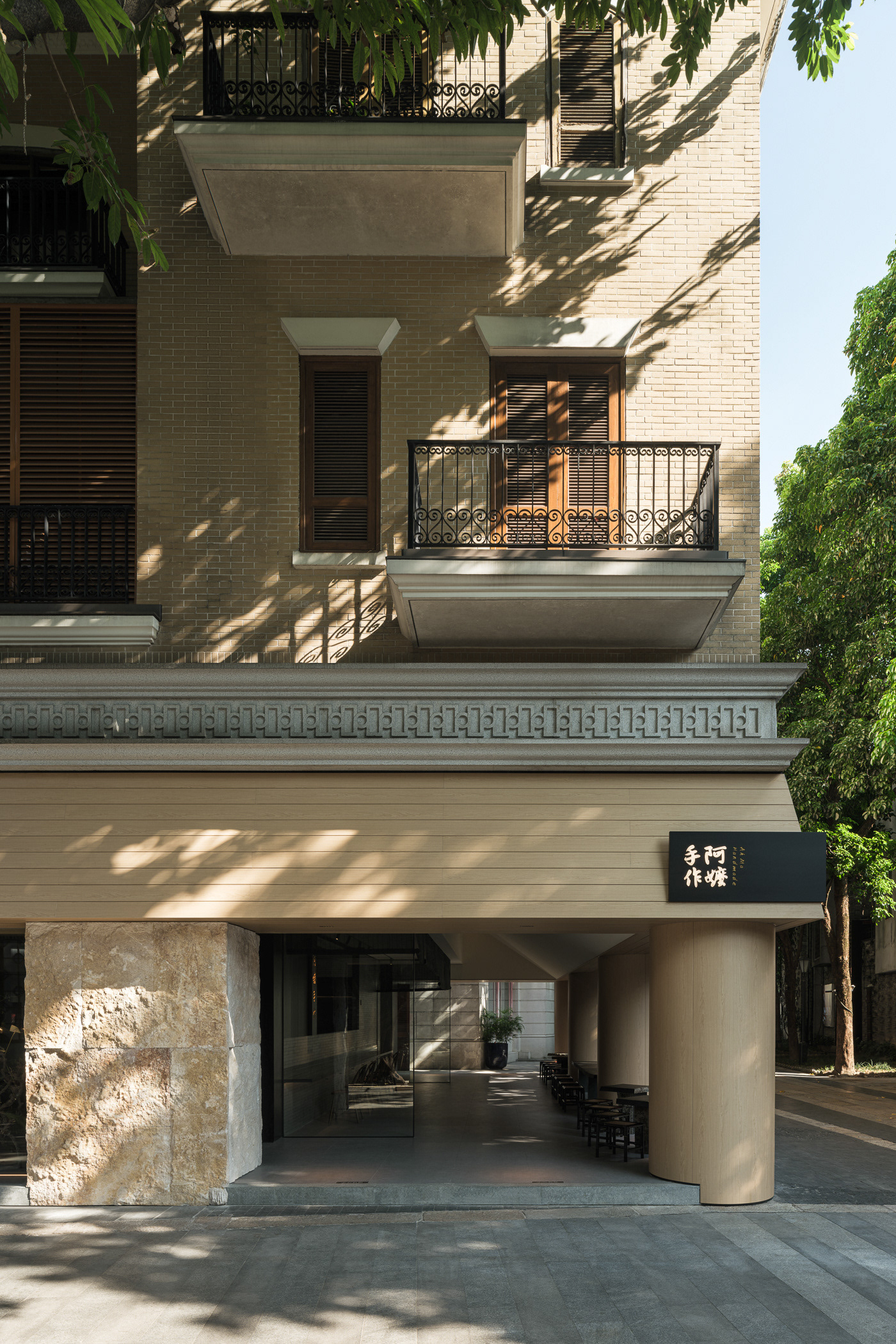Drift Bottle: Enhancing the social experience for elderly people
As elders age, they can experience physical, social, and cognitive decline which fundamentally reduces their opportunities for social interaction. This can lead to a greater possibility for seniors to be socially isolated. The need for enhancing social interaction will be one of the biggest issues.
The product “Bottle Drifter” was completed by using human-centered design methods synthetically. The product aims to eliminate the loneliness of elders and enhance their social experience. A digital prototype was created and has been tested. The usability test result defined what can be improved of the product in the future.
The product “Bottle Drifter” was completed by using human-centered design methods synthetically. The product aims to eliminate the loneliness of elders and enhance their social experience. A digital prototype was created and has been tested. The usability test result defined what can be improved of the product in the future.
Before the prorototype has been designed, a series of research was conducted.
Observation study
An observation was done for a full day at a care centre in Norway for the purpose of getting a better understanding of the lives of elders living there. The goal of the observation is to get better understanding of the elder's daily life and their behaviours, in order to explore their needs. Results of the observation are as follows:
1. Lack of motivation or loose interest in taking part into activities, and also lack of social communication. As most of the elders in this care home were illed, they have nearly no chance to go outside enjoying the nature or communicating with people. Most of the time they were just sitting on sofa or sleeping in a chair, or standing on the balcony to get some fresh air. Those elders didn't communicate with each other much, so the living room was always quite.
2. The most popular entertainment is doing crosswords while reading magzines. Though there were TV and DVD-player, no one gave a glance of them.


Interview
A short observation couldn't cover all the facts. After that we conducted two interviews respectively with a voluntary worker in the care home and a family member of a old person with dementia. The mean goals of conducting interviews were to understand:
a. Activity conditions in care home and in personal daily life
b. The challenges for elders from different aspects.
c. What kind of electronic equipment or ICT tools the elders use, and their attitudes to those tools.
d. Ask for feedback on design concepts.
Defined User needs
After the interviews we defined the user needs by using gamestorming method. They were:
- A need for some activities which are suit for their varying physical fitness
- Easy to learn navigation and recovery from error in case they were interrupted by their different conditions
- A need for solutions to help remembering things and understand what was going on
- A preference for pictures over text
- A need for solutions to eliminate the loneliness and isolation
Design Concept
Conceptual model
The main design goal is to make an app which can decrease the isolation of the patients who cannot go out of their rooms or spend large parts of the day there. The subgoals are:
Conceptual model
The main design goal is to make an app which can decrease the isolation of the patients who cannot go out of their rooms or spend large parts of the day there. The subgoals are:
- Give patients the feeling that there are always some other persons care about them.
- Patients get opportunities to communicate with more and new people.
- Let the elderd enjoy their activities in their own room.

User relationship map
When users use the app to get a bottle, the bottle’s owner could be anyone who uses the app. So they can communicate with not only patients and friends in their own care centre, but also people who are interested in using this app in other places, such as their family members, care centre’s workers or volunteers and so on.
When the elders book an activity or a show, they will build a relationship with the workers in the care centre and the artists: the worker who in charge of organising the activities will receive an email of the booking information from one patient in their care centre, and then she will affirm the booking again with the patient, then make a final decision of the date with the artist who will hold the show. At last the artist will go to the patient’s room and hold the individual live musical performance.

Prototypes and evaluations
In below there are some interfaces of the digital protptype. Before the prototype has been tested with the elders, we did a heuristic evaaluation in our design group. Some usability problems were founded and fixed. In the usability test with elders, we measured three elements:
- Accuracy: The number of attempts to complete the task.
- Overall success: The percentage of visitors who completed the task.
- Satisfaction: How satisfied the visitor was with the process of completing the task
Results showed that the prototype had some limitions:
1. Some functions only have one presupposed sample, so when a tester want to do one thing again (for example, send another bottle), it would come to the page with the same presupposed settings. That made some of the testers feel disappointed.
2. Though from the feedback, most testers felt easily to interacted with the interface, there were still difficult for some tester to manage it.








